Vascular and Circulatory Leg Issues Treatment at Foot Foundation
Vascular and circulatory issues include arterial disease with walking pain and cold feet, and venous problems causing swelling, heaviness, and skin changes. Diabetes increases complication risk.
At Foot Foundation, we screen with Doppler/ABPI, protect tissue with footwear and orthotics, support wound care, and coordinate timely vascular referrals.
What are Vascular & Circulatory
Leg Issues?
The legs and feet rely on healthy blood flow to deliver oxygen and nutrients to tissues. When circulation is impaired, patients may experience pain, swelling, fatigue, skin changes, or delayed healing.
Vascular issues may involve:
Arterial problems – reduced blood flow due to peripheral arterial disease (PAD), narrowing or blockages in the arteries.
Venous problems – poor return of blood to the heart due to varicose veins, venous insufficiency, or deep vein thrombosis (DVT).
These conditions range from minor discomfort to serious complications, particularly in people with diabetes, vascular disease, or high cardiovascular risk.
At Foot Foundation, we provide specialist podiatry assessment, vascular screening, and referral coordination, helping patients manage circulation-related leg problems before they progress.
Causes & Risk Factors
Peripheral arterial disease (PAD):
Atherosclerosis (cholesterol plaques) narrowing leg arteries
Smoking, diabetes, hypertension, high cholesterol
Venous disease:
Valve dysfunction in leg veins causing varicose veins or swelling
Prolonged standing, sedentary lifestyle, obesity
Family history of venous insufficiency
Diabetes: increased risk of poor circulation and ulceration
Blood clotting disorders: increasing risk of DVT
Ageing: progressive decline in circulation
Previous injury or surgery: damage to vascular structures
Treatment at Foot Foundation
(CECS Focus)
Arterial disease (PAD):
Education on lifestyle (exercise, smoking cessation, diet)
Footwear and orthotics to reduce pressure on compromised tissue
Wound care for ulcers and delayed healing
Referral to vascular specialist for medical/surgical management (angioplasty, bypass)
Venous disease:
Compression therapy (if arterial supply adequate)
Exercise and mobility programs
Orthotics and footwear advice to improve circulation
Referral for venous surgery or specialist review if severe
DVT:
Immediate referral to ED or GP for urgent imaging and anticoagulation
Post-recovery: ongoing podiatry care for swelling and skin management
Symptoms
Arterial issues (PAD):
Leg pain or cramping when walking (intermittent claudication)
Cold feet or toes, pale or bluish skin
Delayed wound healing or non-healing ulcers
Absent or weak pulses in the foot
Venous issues:
Aching, heaviness, or fatigue in the legs
Swelling (oedema), especially at the end of the day
Varicose veins – enlarged, twisted, visible veins
Brownish skin discolouration around ankles
Skin thickening or ulcers in severe cases
DVT (medical emergency):
Sudden swelling, pain, redness, heat in one leg
Requires urgent referral for imaging and anticoagulation
Diagnosis
At Foot Foundation, diagnosis includes:
Clinical examination – assessing pulses, skin colour, temperature, swelling, varicosities
Doppler ultrasound (in-clinic) – assessing arterial and venous flow
ABPI (Ankle Brachial Pressure Index) testing – screening for arterial disease
Medical history & risk factor screening – diabetes, smoking, cardiovascular risk
Referral for imaging – duplex ultrasound, angiography, or vascular consultation when required
Vascular and Circulatory Leg Issues – FAQs
Poor circulation may be due to arterial blockages (PAD) or venous insufficiency where veins struggle to return blood to the heart.
Common signs include leg pain with walking, cold feet, swelling, varicose veins, or delayed wound healing.
Peripheral arterial disease (PAD) is narrowing of the leg arteries due to atherosclerosis, reducing blood flow to the legs and feet.
Varicose veins are usually not life-threatening but can cause swelling, skin changes, and ulcers if untreated.
It is cramping leg pain when walking, caused by PAD. It eases with rest but indicates reduced blood supply.
Yes. At Foot Foundation, we use Doppler ultrasound and ABPI testing to assess foot and leg blood flow.
Yes. Orthotics and footwear modifications reduce pressure on vulnerable tissue, improving comfort and preventing ulcers.
No. DVT is a dangerous blood clot requiring emergency treatment, whereas varicose veins are due to valve failure in superficial veins.
Yes. Both PAD and venous disease can lead to non-healing wounds and ulcers if untreated.
If you have leg pain with walking, swelling, varicose veins, slow-healing wounds, or cold feet, podiatry assessment is recommended.
Why Choose Foot Foundation?
Foot Foundation provides specialist vascular and circulatory assessments, integrating podiatry care, wound management, and risk factor screening. We collaborate with vascular specialists and GPs for comprehensive management of arterial and venous disease.
With clinics in Rosedale, Takapuna, Remuera, Botany, Hamilton, and Tauranga, expert vascular foot and leg care is available across New Zealand.




